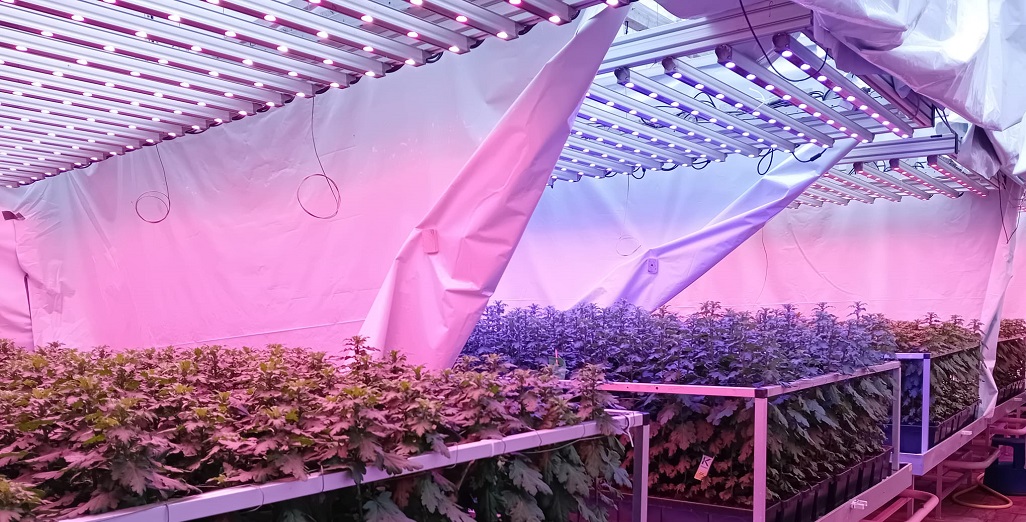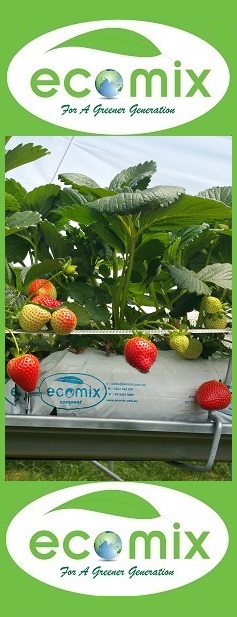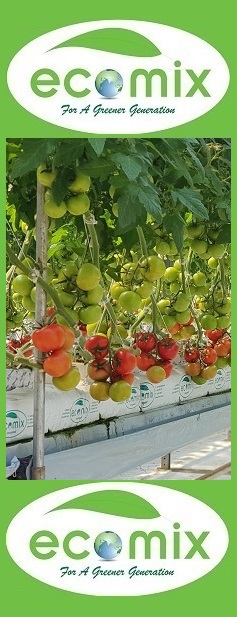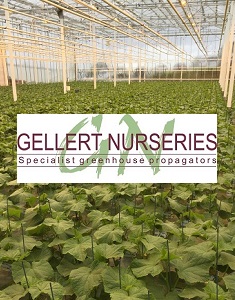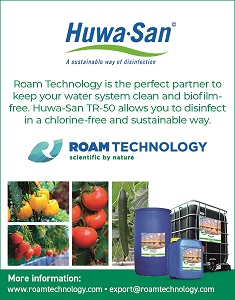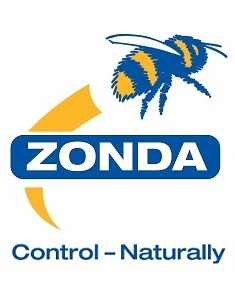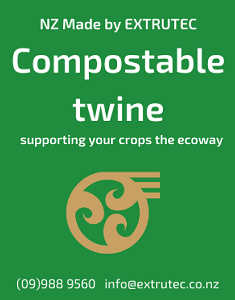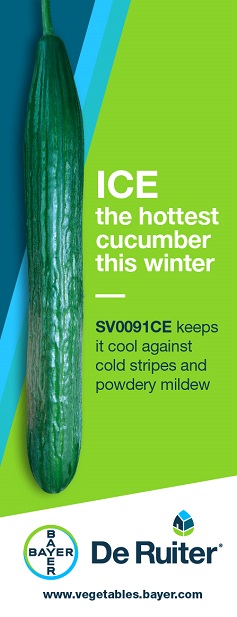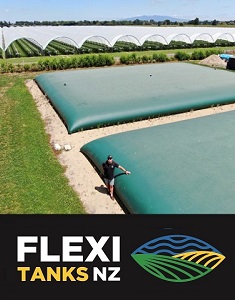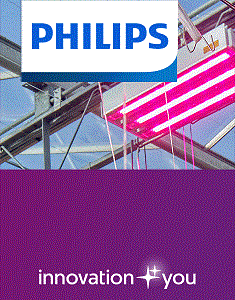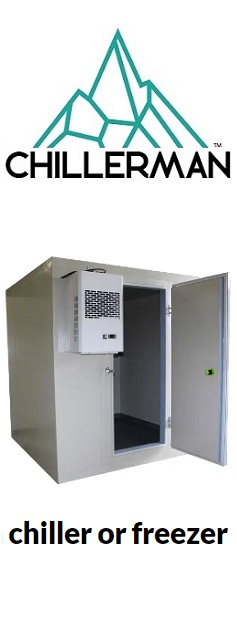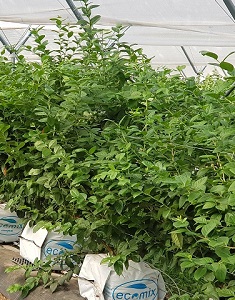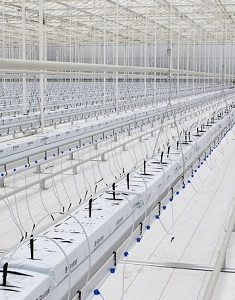Sign up here to subscribe to the Grower2grower Ezine. Every two weeks you will receive new articles, specific to the protected cropping industry, informing you of industry news and events straight to your inbox.
Oct 2018
Ghost Spotting
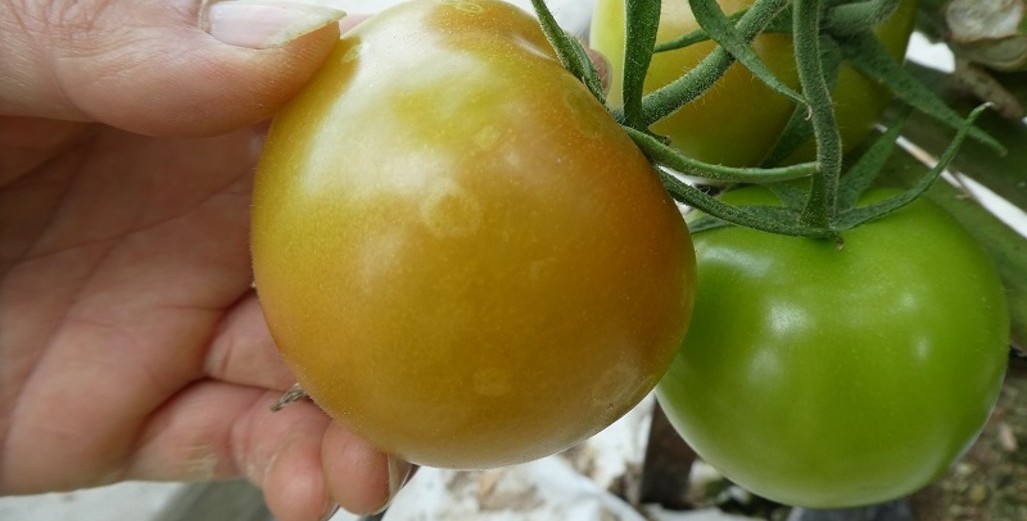
Control Advice
Below is advice on controlling ‘ghost spotting’ on tomatoes. Ghost spotting is avoidable, however, it will always cause issues if conditions are favourable. Despite a reduction in ghost spotting, as we are closing in on summer, there is still a certain amount of affected fruit to be picked in the upcoming weeks. This will cause issues for growers, who have to grade this fruit as seconds, and what you don’t want now is an increase in seconds, especially as the volumes increase in the market and the price for second grade fruit drops rapidly. Some growers will be tempted to turn their heaters off, which is totally a personal decision, but if you do then you still run a small risk of further spotting on the fruit.
Cause: Botrytis cinerea, a fungus. Symptoms of ghost spot on fruit result from the fungus' unsuccessful attempt to infect. There is no rot, but fruit is unmarketable. The fungus can also colonize leaves and stems. The disease is promoted by wet, humid conditions.
Symptoms: Faint, pale halos (3 to 8 mm in diameter) appear on fruit. They are white on immature fruit, yellow on ripe fruit. A small necrotic fleck may appear along with the halo. Spots rarely develop further, however a change to favourable conditions allows Ghost Spot to proceed to fruit rot.
Control: Botrytis can be controlled by management of environmental conditions, sound cultural practices, and fungicide applications.
- Good circulation to reduce humidity within the canopy and minimise leaf wetness. Manage excessive foliage to encourage air flow and rapid drying.
- Use your heating and venting appropriately and efficiently to control morning fruit sweat.
- Keep a balanced plant, not over generative and not over vegetative. I understand this sounds basic but it is far from that as each individual crop has to be grown accordingly, but definitely an over vegetative crop is not ideal.
- Remove dead or infected plant parts such as flowers, leaves, and rotted fruit.
- Preventative spraying, especially if you have a heating breakdown or have history of ghost spotting. There are both biological and chemical options available
I appreciate your comments. Please feel free to comment below or on the grower2grower Facebook page:
https://www.facebook.com/StefanGrower2grower/
Article Written by Stefan Vogrincic, Consultant, Grower2Grower
CLASSIFIED
Subscribe to our E-Zine
More
From This Category

Ground cover: woven weed mat or solid plastic… or both?
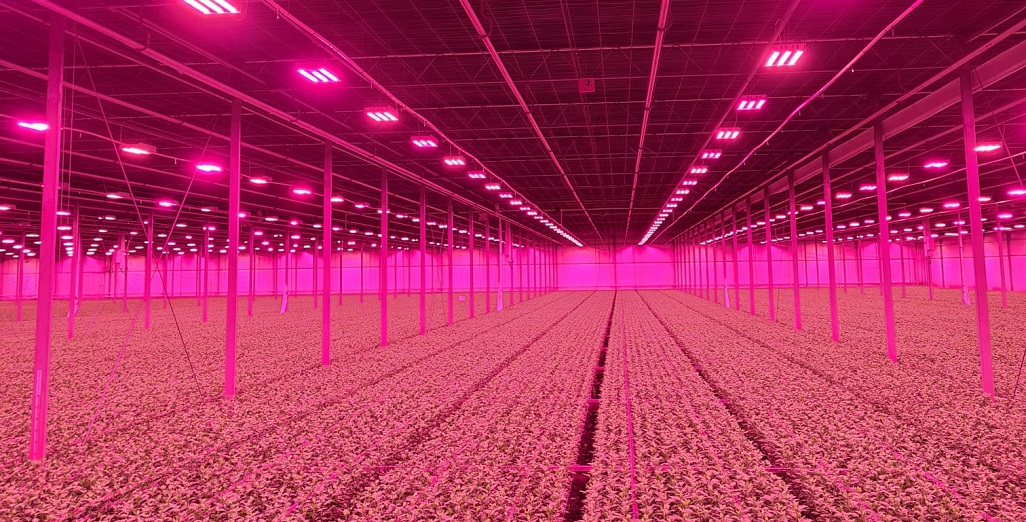
Integration of Philips GrowWise control system with climate computer allows Huisman Chrysanten to light more effectively and efficiently
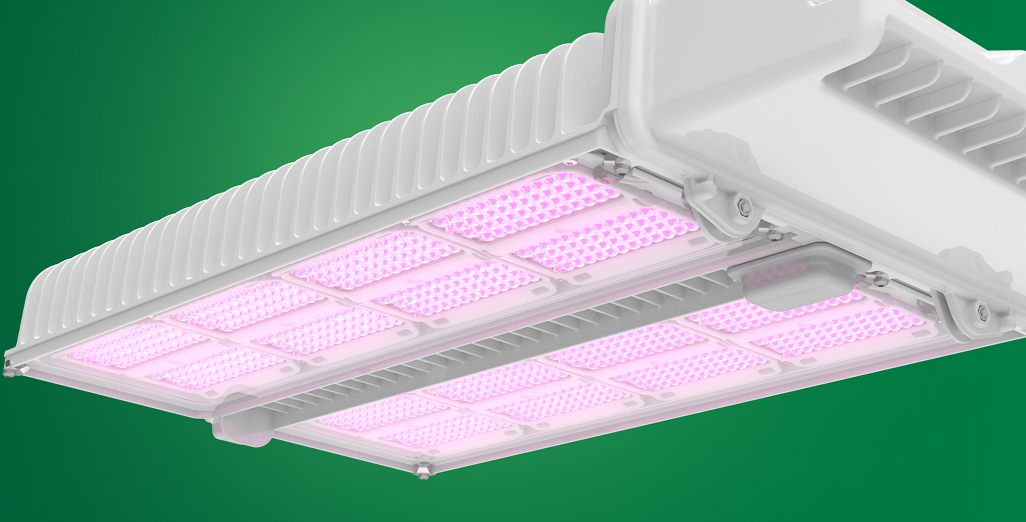
New Philips GreenPower LED toplighting force 2.0
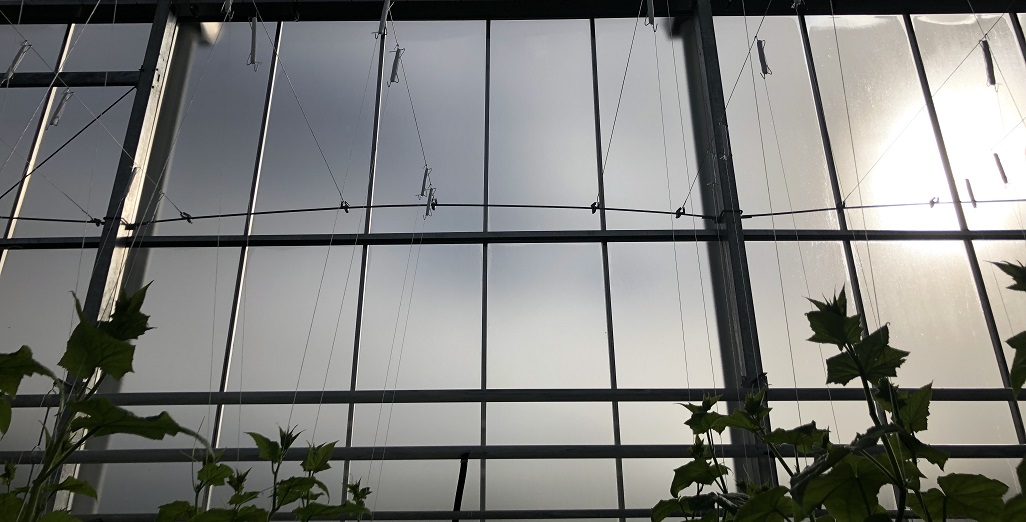
Condensation re-visited

Philips GrowWise Research Center to test and showcase intelligent lighting
